
Whether you grow just a few tomatoes or a yard full of vegetables, edibles can be a beautiful part of your landscape. For design inspiration, I visited two great vegetable gardens at Chanticleer and Longwood Gardens in Pennsylvania. The horticulturists at these inspirational public gardens use many of the same design principles seen in ornamental landscapes. They work with color, texture, form, and focal points to add visual impact to their productive plots. Take a page from their book, and incorporate some of these design ideas into your garden.
LESSON
Think About Color, Texture, and Form
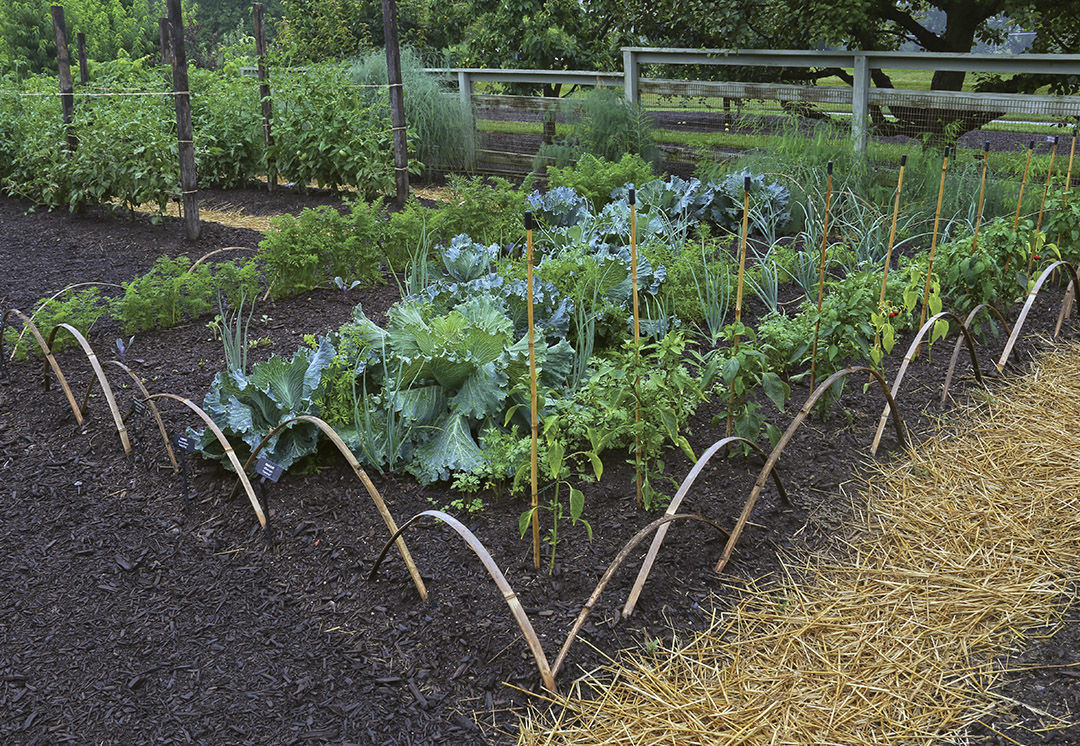
LESSON
Make a Grand Entrance
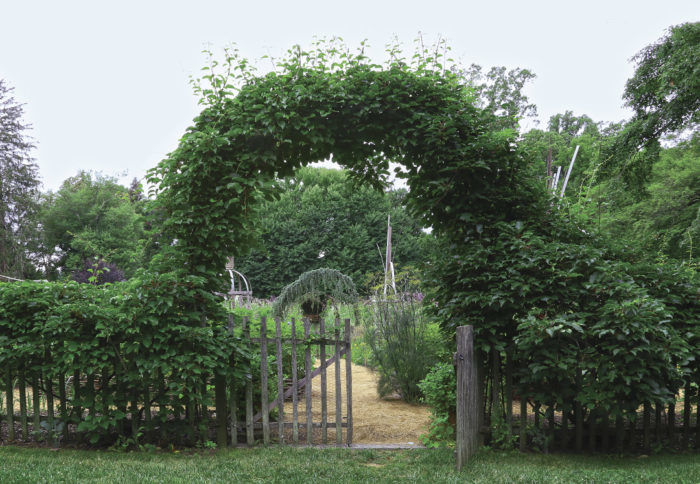
LESSON
Weaving Wattles
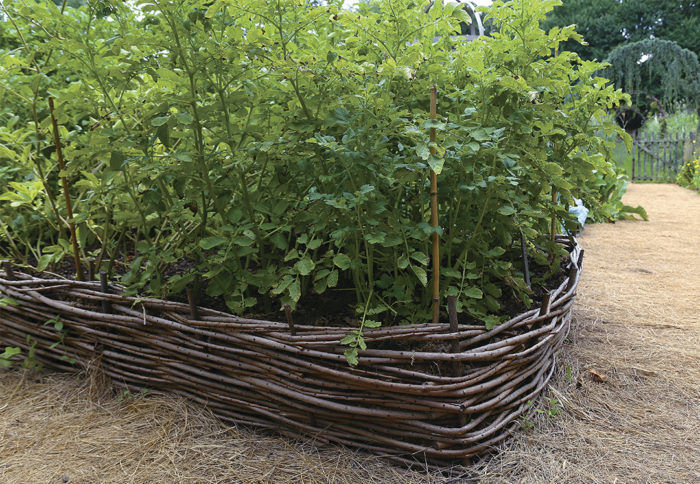
1. Set aside long, slender “whips” when pruning or pollarding in spring. These should be flexible, unbranched, at least 4 or 5 feet long, and about as thick as a pencil or a finger. For the upright stakes, you’ll need thicker, sturdier branches that are about 3 feet long.
2. Sharpen the ends of your uprights with a sharp hatchet, always cutting away from yourself. Drive the stakes into the ground at even intervals, 18 to 24 inches apart. About half the height of your stakes (18 inches) should be underground, and they should be straight and vertical. In hard soil, start holes by driving a piece of rebar into the soil first and pulling it out.
3. Weave the thin branches between the upright stakes. When you start a new branch, let it overlap the previous branch by at least a couple of feet.
4. Push the woven branches down with your foot as you go, to help keep the woven branches close together. When your wattle structure is the desired height, trim off any loose ends, and fill gaps in the weave by tucking in thin branches. Your structure should last at least a couple of seasons, and perhaps longer, depending on the species of wood used.
Recommended Plants
• Willow (Salix spp. and cvs.)
• Smoke bush (Cotinus coggygria cvs.)
• Colored-stem dogwoods (such as Cornus alba and C. sericea, cvs.)
DESIGN
Elements of a Knockout Veggie Patch
The tension between contrast and repetition makes a garden design interesting. Here are a few takeaway ideas that can be incorporated into any garden, regardless of size or budget.
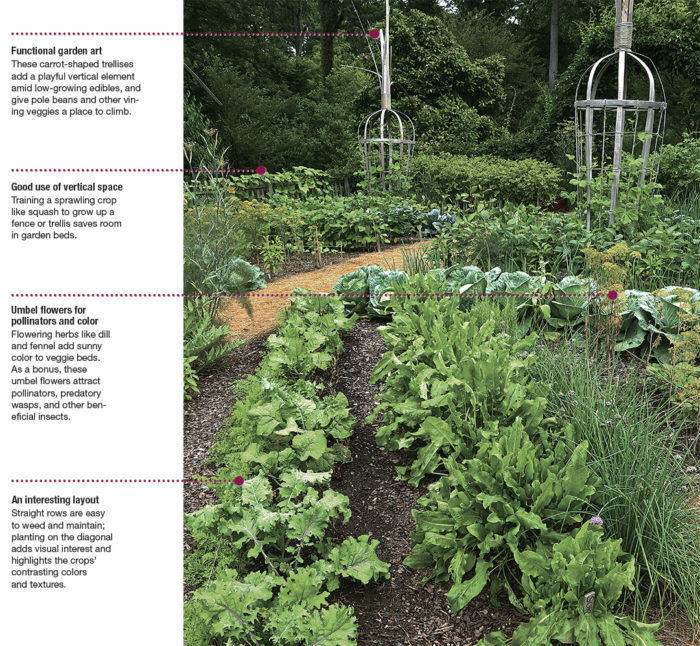
Carol Collins is the assistant editor.
Photos: Carol Collins, taken at Longwood Gardens and Chanticleer
Fine Gardening Recommended Products

A.M. Leonard Deluxe Soil Knife & Leather Sheath Combo
Fine Gardening receives a commission for items purchased through links on this site, including Amazon Associates and other affiliate advertising programs.




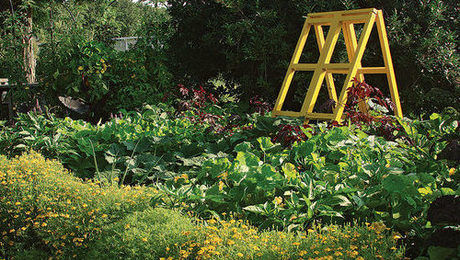














Comments
Log in or create an account to post a comment.
Sign up Log in